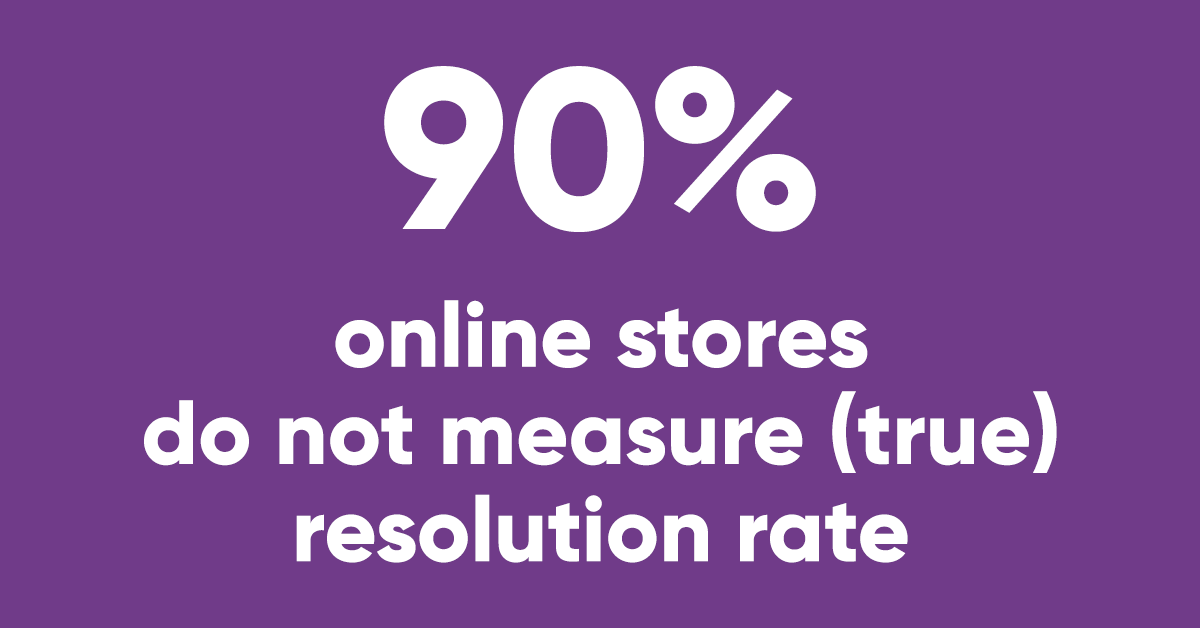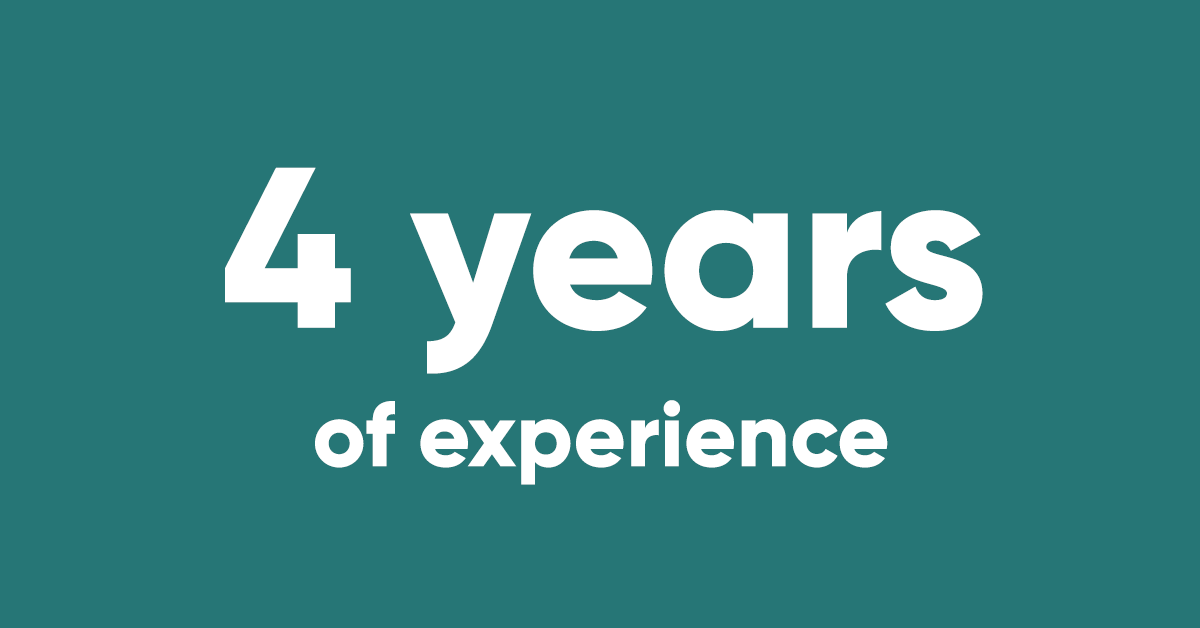
As 2022 drew to a close, Google registered a curious trend alongside its normal holiday season queries. Searches for the term “chatbot” suddenly increased exponentially and without warning, with the November 30 introduction of Open AI’s large language model chatbot ChatGPT being the driving factor.
ChatGPT’s amazing ability to interact in conversational dialogue form and provide responses that can appear surprisingly human may have ruled the internet as 2022 turned into 2023, but the growth of the chatbot industry is primed to be anything but a short-term phenomenon.
According to Business Insider, the chatbot market will nearly quadruple by 2024, growing from $2.6 billion to $9.4 billion at a CAGR of 29.7%. Meanwhile, Gartner estimates that chatbots will become the primary customer service channel for a quarter of all organizations by 2027.
Read on to see 7 top trends that we at PerfectBot believe will shape the chatbot universe this year:
As 2023 opens, chatbots have gone far beyond their original domain of answering queries and are now being used to:
As chatbots move into more and more business areas, a new report from Juniper Research projects that retail spending via chatbots will reach $142 billion by 2024 (up from $2.8 billion in 2019).
Not only that, a positive feedback loop is beginning to emerge – as more and more retail organizations adopt chatbots, retail clients are becoming more accustomed to being served by them and better willing to accept interactions with them.
As chatbot adoption expands, retailers are increasingly chasing the Holy Grail of a chatbot that is able to move away from rule-based systems and toward more natural and conversational AI.
The future will belong to chatbots that can:
Even relatively simple moves like giving your chatbot a name or writing less robotic dialogue will make your chatbots more relatable, relevant, and reliable, which will in turn encourage tech-shy customers to open up and give chatbot interactions a chance. And with 70% of users claiming to be unhappy with their customer experience, there are plenty of opportunities for chatbots to show what they can do.
“AI-based chatbots can be used to automate some tasks, but they aren’t capable of many skills that people are great at, like critical thinking, creativity, or strategic decision-making,” says best-selling author and thought leader Bernard Marr in a recent piece for Forbes. “Instead, chatbots can be used to supplement customer service staff, allowing people to focus on more complex and more ‘human’ tasks.”
There’s no longer any doubt about the value of external (customer-facing) chatbots, but recent years have shown us that internal chatbots are just as important, if not more.
When it comes to augmenting HR teams, chatbots have already proved helpful in shortlisting, screening, sourcing, and interacting with potential hires. They can also be used to locate candidates, create offers, sort through CVs, and act in a company’s name in the job market.
At the same time, sales and marketing chatbots can book meetings and calls automatically to handle queries and provide contextual responses, while workplace bots allow employees to handle daily tasks more effectively and improve productivity.
Last but not least, content search chatbots can offer users personalized recommendations, sales support, product information, instant file searches, and a lot more.
As more and more companies adopt chatbots for the first time or increase their reliance on them, it’s only natural that they will want to know exactly what they’re getting in return.
Unfortunately, the measurement of chatbot effectiveness has so far left a lot to be desired, with most companies using outdated metrics that would be more at home in a call center, such as considering every conversation ended by the chatbot (including conversations with no response from the user after the chatbot responds) as properly automated conversations.
At PerfectBot, we believe that in 2023 the emphasis will shift to more reliable metrics for measuring chatbot effectiveness, a phenomenon we are perfectly positioned to take advantage of, as we have spent a great deal of time and effort developing our own reliable method of monitoring chatbot metrics.
As ChatGPT went viral in the last month of 2022, many began to wonder – could it threaten Google and other search engines, and could it do away with the need for human customer service agents? The answer to both questions seems to be no – at least for the time being.
ChatGPT’s ability to generate grammatically correct text is turning heads, but it is still not able to perform complicated computations or mathematical analysis. It can also be deceived by users who provide misleading or incorrect information, leading to incorrect outputs and unintended consequences.
ChatGPT is still a chatbot, but it works on a different principle than other AI chatbots. Its goal is to talk to you – but it’s not necessarily accurate, meaning that humans will need to stay in the loop for the foreseeable future, even as Google begins to experiment with its interface, and up its game by speeding up work on its own Lamda system and Microsoft invests in OpenAI to the tune of $1 billion. Stay tuned!
As we’ve noted throughout this article, most applications of AI will involve some level of human direction, at least for now. Accordingly, job opportunities will expand as the technology becomes more widely adopted, with a recent World Economic Forum report stating that 97 million new jobs will be created by 2025 due to AI. Some roles that expected to be in high demand include:
What’s more, there are related roles that don’t quite exist yet but are expected to, including:
Conversational researchers and optimizers (to research audiences and teach how to optimize conversations)
Chatbot marketers and marketing managers (to introduce new products, organize the chatbot’s sales features, oversee the conversational optimizers, etc.)
One thing is for certain – to prepare workers for the millions of new jobs that AI will create, organizations will have to invest heavily in upskilling their workforces. In addition, employees and students will have to take personal responsibility for their career development, which means taking AI and chatbots into account when choosing a career and learning new skills.
Of course, if you don’t want to invest time and money in new teams (or if you simply want to supplement your human workforce), our ready-to-use PerfectBot chatbot comes equipped with all the skills that a new team of specialists would need months to learn.
When it comes to e-commerce, the ultimate goal is for chatbots to transform the experience users have with businesses and replace it with the kind of experience they would have with a human assistant.
For example, a customer could ask a chatbot about the status of their order and provide the order number. The chatbot could then „ask” about it in the CRM database and give the customer a detailed update about the order’s status – exactly as a human operator would.
The possibilities for chatbot integration are limitless, and it’s becoming clearer by the day that companies that are able to deeply integrate chatbots with their systems will benefit the most and gain the most ground on their competitors.
At PerfectBot, we’ve long been ahead of the curve when it comes to creating a chatbot that converses like a human, and as 2023 moves into full swing we’re determined to keep pushing the envelope in this area.
Our chatbot can understand the types of questions that customers actually ask – not the ones we would prefer them to ask. This makes it an ideal solution for mid-market retail and eCommerce clients in the fashion, beauty, and wellness industries. To find out more about what PerfectBot has in store for 2023, why not contact us and request a free trial?

E-commerce stores are more and more willing to use a chatbot to automate customer service. At the same time, almost all of them agree that they are not reliably measuring its effectiveness.
Read more

PerfectBot properly handles 200 of the most common customer problems.
Read more
Chatbot tailored for
customer service in Fashion
The highest
resolution rate
Ready
in 2 weeks